Search Results
Showing Results for B-cell depletion
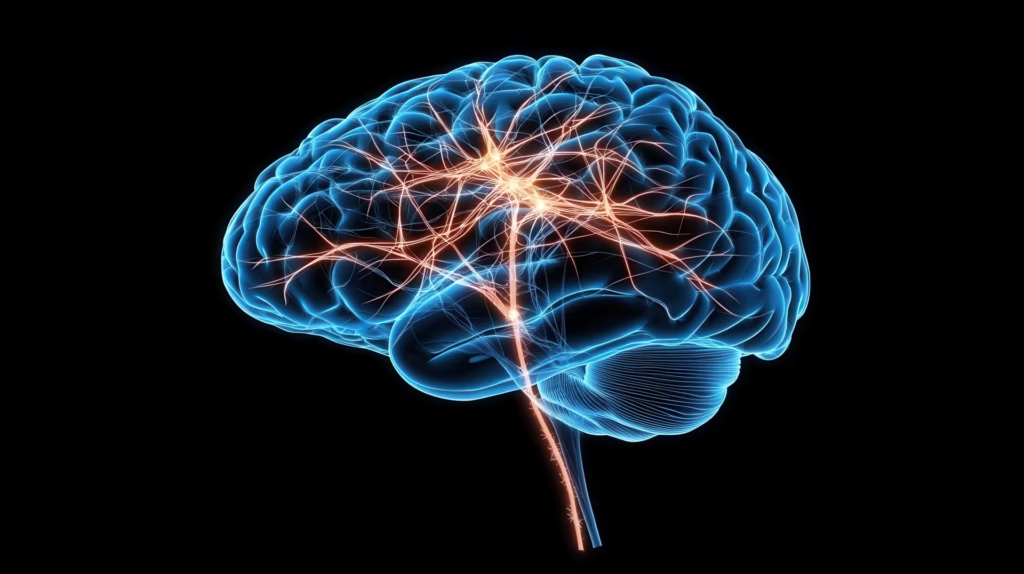
Amyotrophic lateral sclerosis (ALS) is characterized by the degeneration of both upper and lower motor neurons, which ultimately leads to muscle weakness, atrophy, spasticity and contractures.1 ALS typically manifests in the 50–60 years age range, although familial cases may present in ...
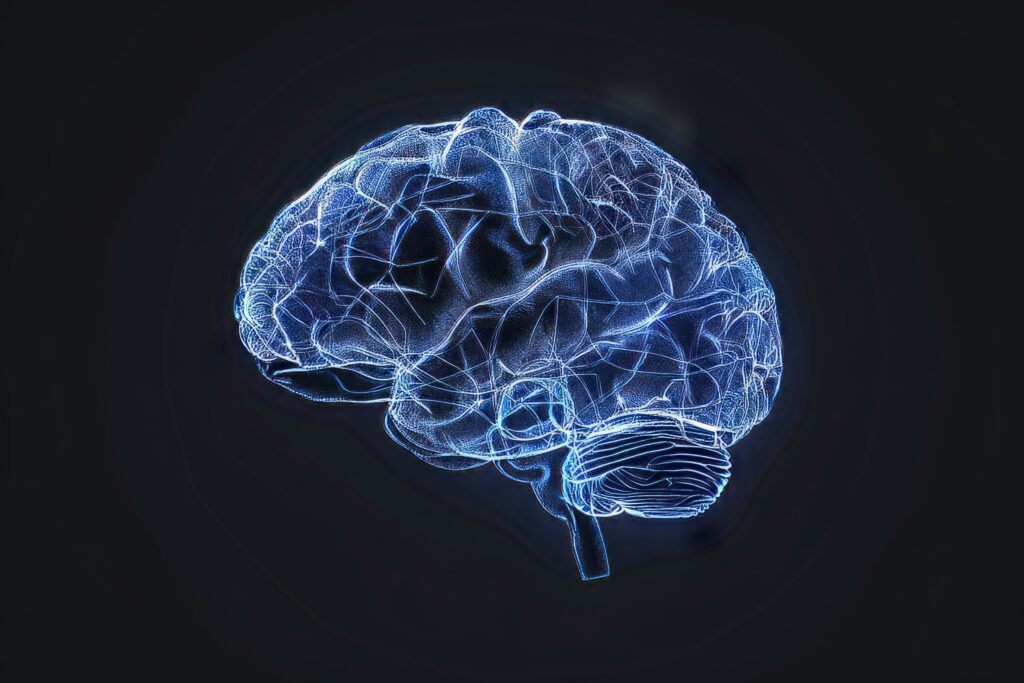
Huntington’s disease (HD) is a neurodegenerative disease inherited in an autosomal dominant manner. It is caused by an expansion of cytosine, adenine, guanine (CAG) repeats within the huntingtin (HTT) gene, which is located on chromosome 4. This pathological expansion of ...

In our latest Q&A, we are delighted to welcome Editorial Board member Dr David Hafler, William S. and Lois Stiles Edgerly Professor and Chairman of the Department of Neurology at Yale School of Medicine, as well as Neurologist-in-Chief at Yale-New Haven Hospital. Dr Hafler's groundbreaking work in multiple sclerosis (MS) research has helped establish the disease as an autoimmune disorder and led to the development of therapies such as natalizumab. His contributions include identifying myelin-reactive T cells, uncovering the genetic and molecular mechanisms underlying MS, and exploring the role of salt in driving autoimmune responses. A highly cited neurologist, he has received numerous awards, including the Dystel Prize, the Raymond Adams Award, and the NIH Javits Investigator Award, and is a member of the National Academy of Medicine.

Welcome to the latest edition of touchREVIEWS in Neurology. We are excited to present a collection of articles that showcase the latest advancements and diverse perspectives in neurological research and treatment. This issue features insightful reviews and editorials from esteemed ...

Neuromyelitis optica spectrum disorders (NMOSD) are a group of relapsing autoimmune diseases of the central nervous system. The clinical hallmarks of NMOSD are myelitis and optic neuritis; however, a wider clinical spectrum has been recognized.1 The majority of patients with ...

The phase III clinical studies ULTIMATE I (NCT03277261) and II (NCT03277248) evaluate the efficacy and safety of ublituximab in patients with relapsing multiple sclerosis compared with teriflunomide. In this touchNEUROLOGY interview, Dr Enrique Alvarez (University of Colorado, Boulder, CO, USA) ...
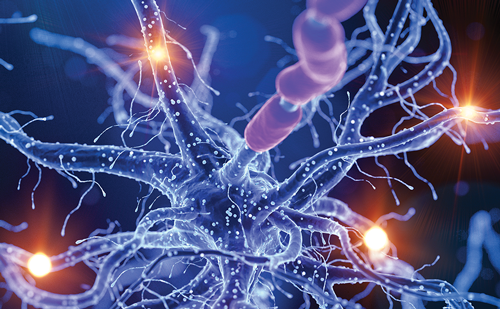
Highlights Limb–joint contractures may represent an important clinical clue of muscle dystrophies, as they limit the spectrum of the diagnosis assumptions. Limb–girdle muscular dystrophies phenotype can rarely be a clinical presentation of retractile myopathies, except for non-specific Achilles ...

Over the past two decades, monoclonal antibodies targeting the surface antigen CD20 have emerged as highly effective disease-modifying therapies (DMTs) for multiple sclerosis (MS).1 The major mechanism of action of these therapies is via B-cell depletion, as CD20 is expressed ...

Narcolepsy is a chronic clinical condition primarily characterized by excessive daytime sleepiness (EDS). This may be accompanied by cataplexy, which is a phenomenon of transient muscle weakness triggered by strong emotions, such as laughter, excitement, anger or grief. Narcolepsy is ...

Neuromyelitis optica spectrum disorder (NMOSD) is an inflammatory disease of the central nervous system (CNS) and is known to cause recurrent episodes of optic neuritis and transverse myelitis. Myelitis is radiologically referred to as longitudinal extensive transverse myelitis on spinal ...
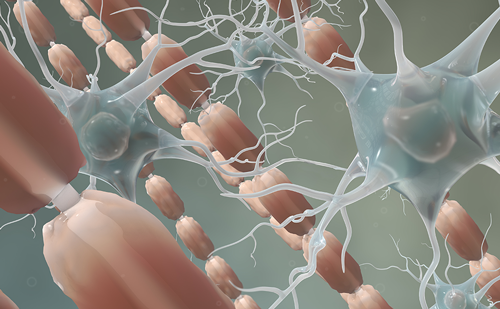
Neuromyelitis optica spectrum disorder (NMOSD) refers to a family of inflammatory central nervous system (CNS) diseases in which patients accrue disability through severe episodes of demyelination with typical manifestations including involvement of visual pathways (e.g., optic neuritis) and spinal ...
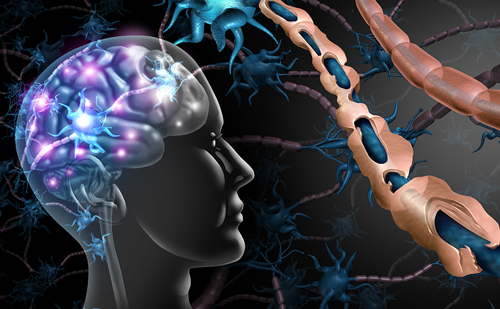
Multiple sclerosis (MS) has traditionally been considered a primarily T-cell-mediated autoimmune disease of the central nervous system (CNS); this is based on data from animal models,1 the presence of activated T lymphocytes in MS plaques that outnumber B cells and ...
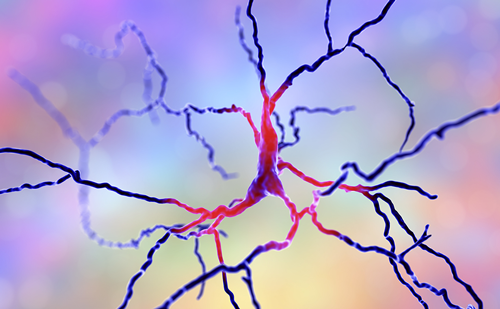
Parkinson’s disease (PD) is classically defined as a movement disorder with key features including motor disturbances such as tremor, rigidity, akinesia and postural instability. Non-motor symptoms are also present, and can include disturbances in autonomic function, sleep, cognition, sensory ...

Multiple sclerosis (MS) involves inflammation, demyelination and neurodegeneration of the central nervous system (CNS) and is characterized by variable degrees of axonal loss and gliosis.1 Lesions occur in both the white and grey matter. Generally, the overall incidence of MS ...

Overview of topics covered in this review Glutamate and the basal ganglia in the healthy brain Glutamate and glutamate receptors – role in motor circuitry The basal ganglia – anatomy and function The basal ganglia pathways and the role of glutamate in ...
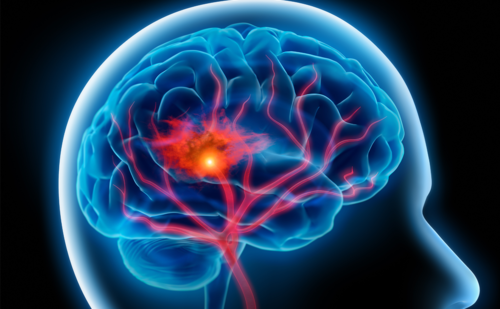
Alzheimer’s disease was first described in 1906, and yet we have still not fully elucidated the pathogenesis of the condition. It is known that the disease is characterized by the polymerization of amyloid β-peptide (Aβ), leading to the formation of ...
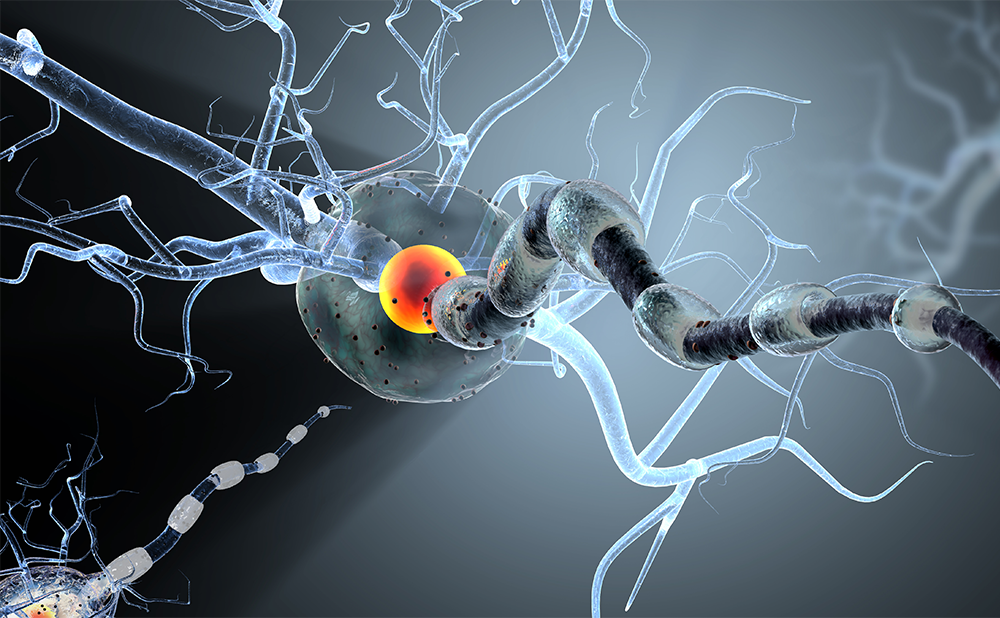
Multiple sclerosis (MS) is a chronic, autoimmune disease of the central nervous system (CNS), which has an enormous social and economic cost.1 In most cases (~85%), the disease course is initially characterised by clinical exacerbations (relapses), which occur with a relatively ...

The 4th Congress of the European Academy of Neurology (EAN) was held from 16–19 June 2018 in Lisbon, Portugal. This article will discuss some of the key presentations on the subject of multiple sclerosis (MS), which continues to impose a substantial health ...
Latest articles videos and clinical updates - straight to your inbox
Log into your Touch Account
Earn and track your CME credits on the go, save articles for later, and follow the latest congress coverage.
Register now for FREE Access
Register for free to hear about the latest expert-led education, peer-reviewed articles, conference highlights, and innovative CME activities.
Sign up with an Email
Or use a Social Account.
This Functionality is for
Members Only
Explore the latest in medical education and stay current in your field. Create a free account to track your learning.

